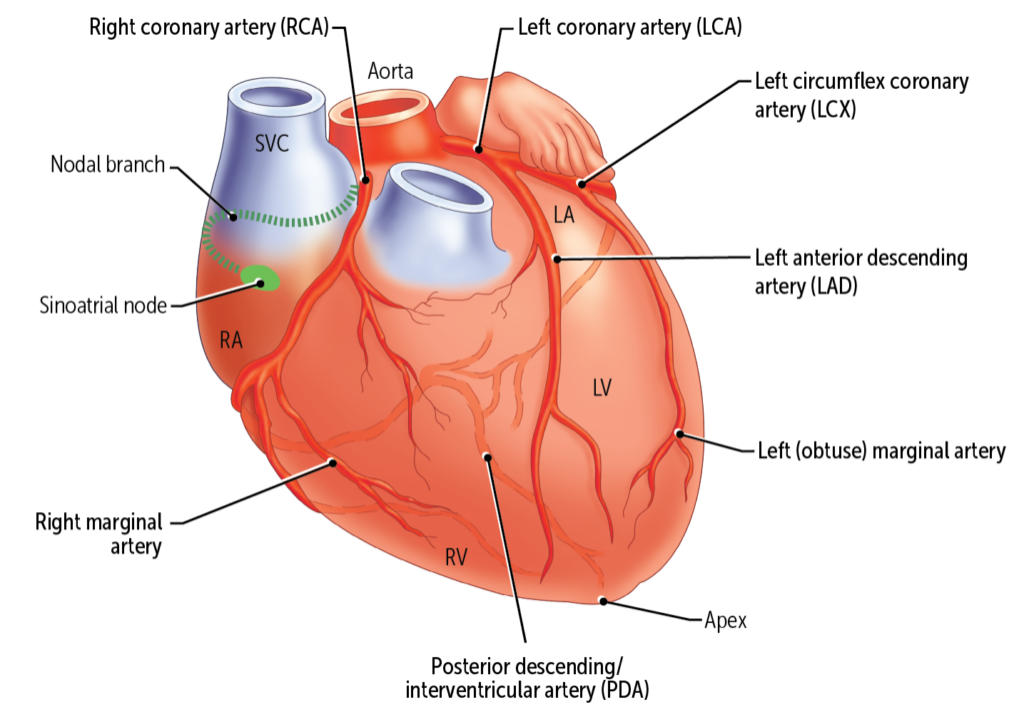Sickle cell disease affects millions of people worldwide, causing debilitating pain, infection, organ failure, stroke, and premature death. Although the mortality rate has decreased over the past 20 years, a staggering 90% of children with sickle cell disease in resource-poor countries do not survive to adulthood.
As improbable as it might seem, given the scope and magnitude of suffering for which it is responsible, sickle cell disease is caused by a single point mutation in a single gene. The gene involved encodes a critical portion of hemoglobin, the oxygen-carrying molecule in red blood cells. Although there are many similar diseases, called hemoglobinopathies, with similar genetic defects, sickle cell disease is by far the most common, and it is the focus of our discussion here.
After listening to this AudioBrick, you should be able to:
- Define hemoglobinopathy and sickle cell disease, the most common hemoglobinopathy.1
- Describe the pathogenesis of sickle cell disease.2
- List and understand the characteristic complete blood count values in sickle cell anemia.3
- Describe and identify the morphologic changes present in the blood of a patient with sickle cell anemia.4
- Describe the typical clinical course and treatment of sickle cell disease.
If you haven’t subscribed to the Rx Bricks Podcast, we suggest you do it today!
Head to the homepage for the Rx Bricks Podcast to hear the full episode and subscribe so that you’re notified when the next one drops.




